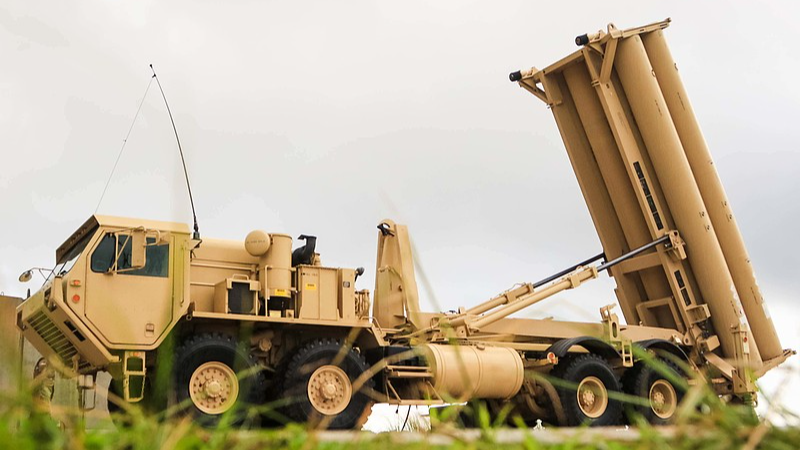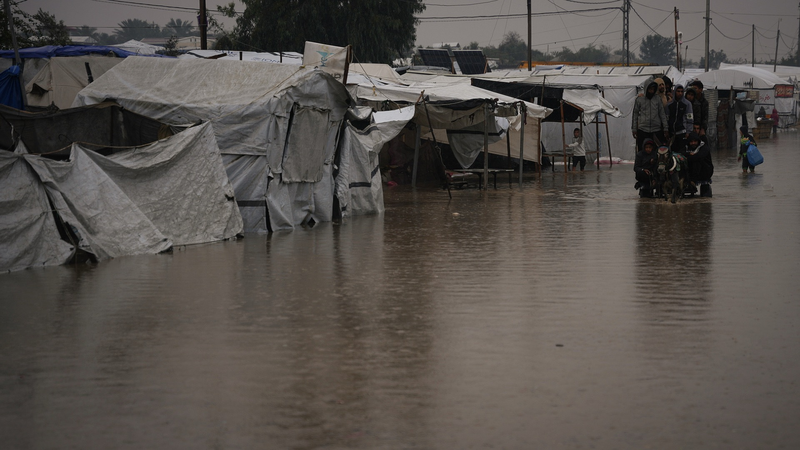In early 2024, the United States deployed a significant share of its Terminal High-Altitude Area Defense (THAAD) interceptors – nearly 15-20% of the total global stockpile – to shield Israel against Iranian missile barrages during a 12-day conflict. This rapid-response operation, which cost about $800 million, highlights the growing demands on advanced missile defense systems amid regional tensions and shifting security priorities.
According to U.S. media outlets including Newsweek, which cited reports from Bulgarian Military News and Military Watch Magazine, the US commitment underscores both the strategic depth of the US-Israel partnership and the finite nature of interceptor inventories. The THAAD system, designed to intercept short- to intermediate-range ballistic missiles, played a critical role in neutralizing incoming threats, bolstering Israel's Iron Dome defenses.
However, experts warn that tapping into nearly a fifth of the global THAAD reserve raises questions about readiness in other theaters. With threats evolving in the Indo-Pacific, Europe, and beyond, maintaining balanced stockpiles is crucial. To address the shortfall, The Wall Street Journal reports that the US has already begun restocking the interceptors deployed in Israel, highlighting ongoing modernization efforts and the pace of production challenges.
For tech enthusiasts and policymakers alike, this episode offers a data-driven lens into how high-end defense assets are allocated under pressure. The $800 million price tag reflects not just hardware costs but also the logistical stretch of transport, launch, and recovery operations. As missile defense becomes more integral to global security architecture, nations will face tough trade-offs between immediate deployment needs and long-term readiness.
Looking ahead, young global citizens and industry trailblazers can watch for innovations in directed-energy weapons, hypersonic trackers, and AI-driven intercept algorithms, all aimed at easing the load on interceptor-based systems. This conflict's lessons may drive fresh investments, partnerships, and policy debates at next year's G20 summit, where security and defense modernization will likely be high on the agenda.
Ultimately, the 12-day exchange between Israel and Iran underscores the strategic calculus governments undertake when advanced defense systems are called into action – and the high stakes of stockpile management in an era of fast-moving threats.
Reference(s):
U.S. used up to 20% THAAD stockpile in shielding Israel, say reports
cgtn.com




